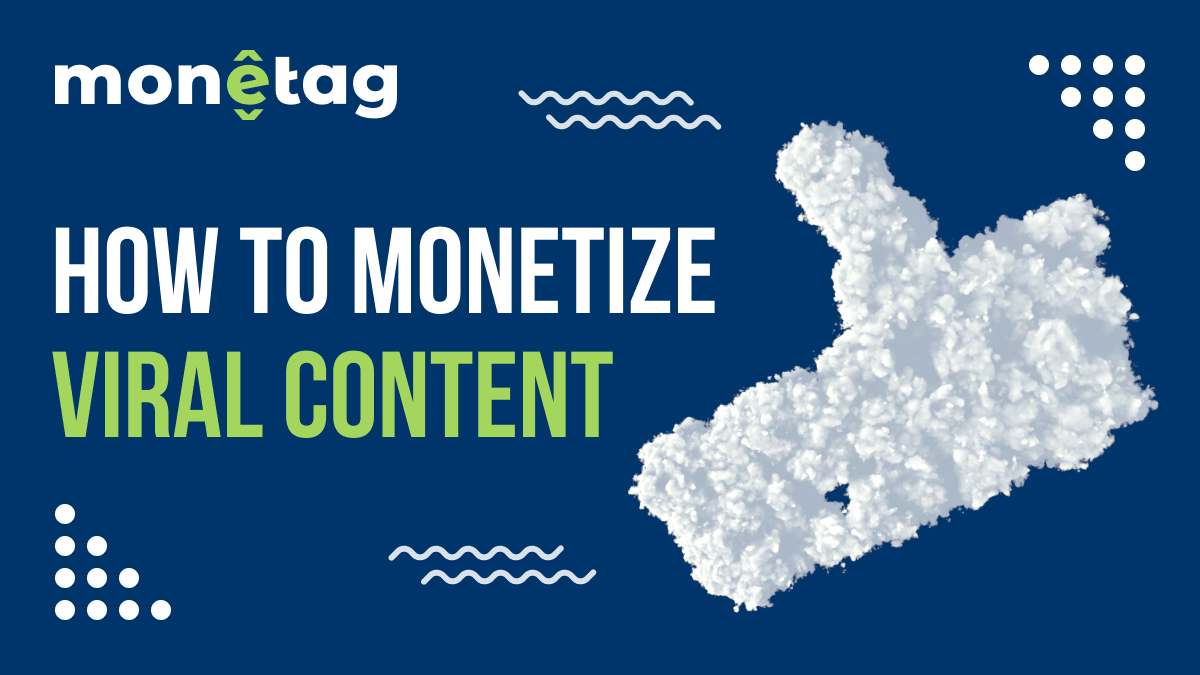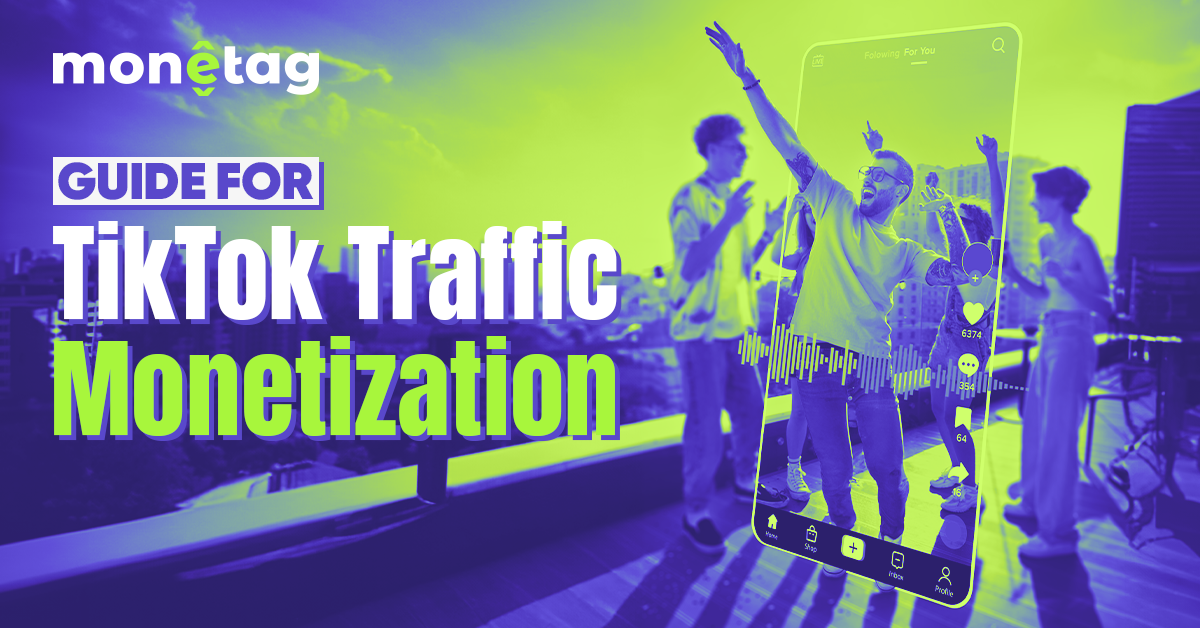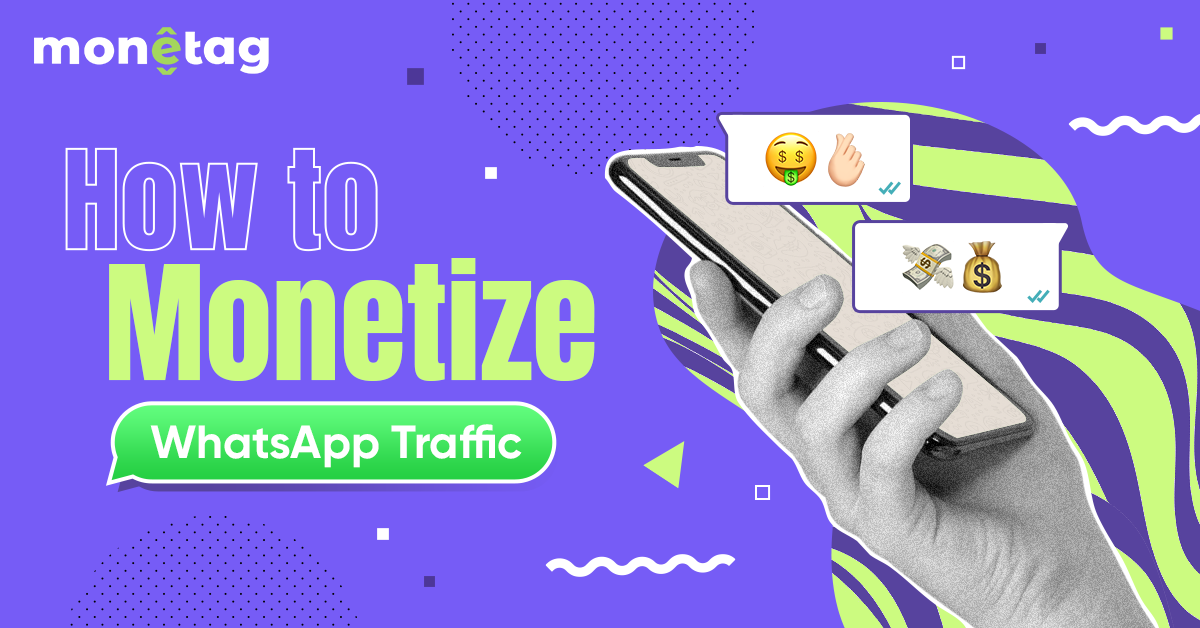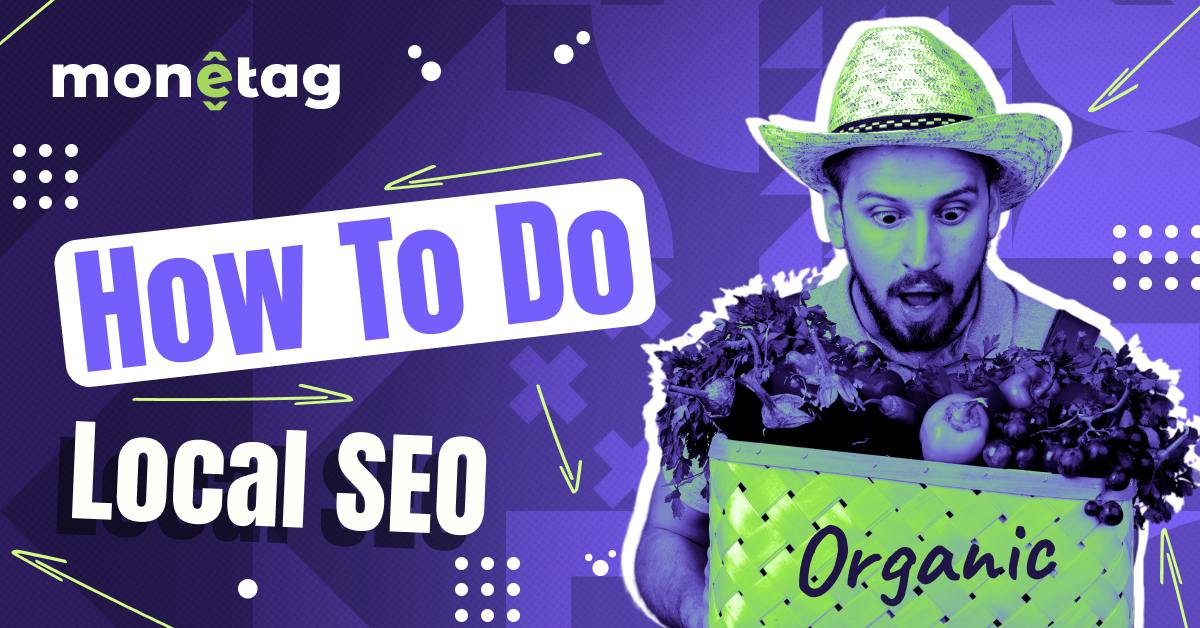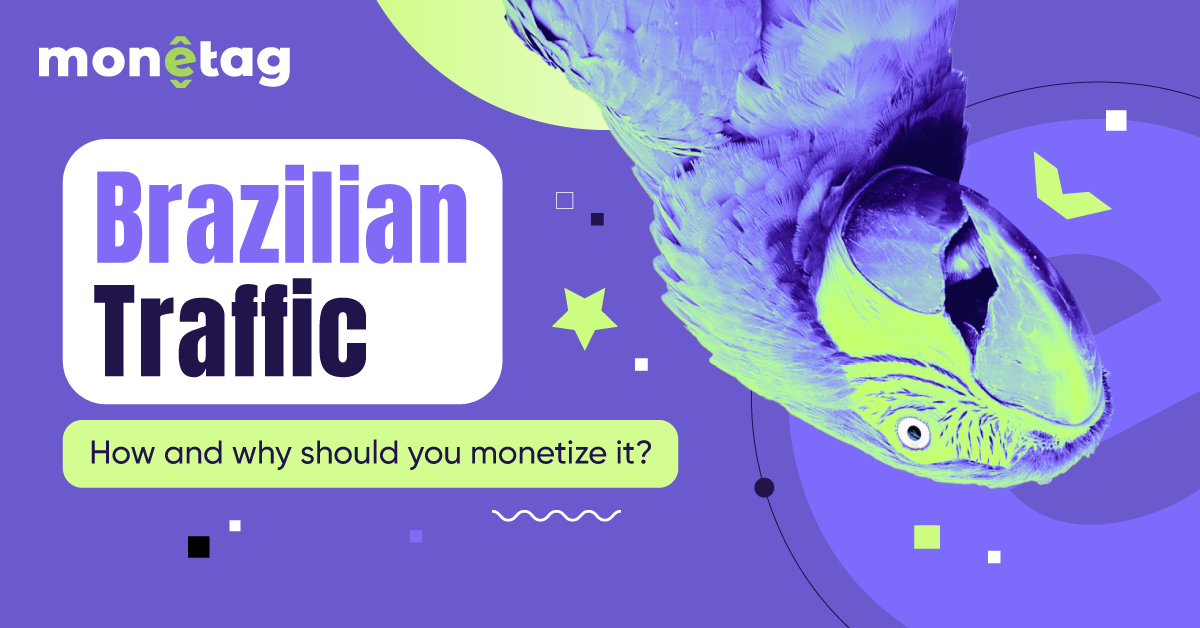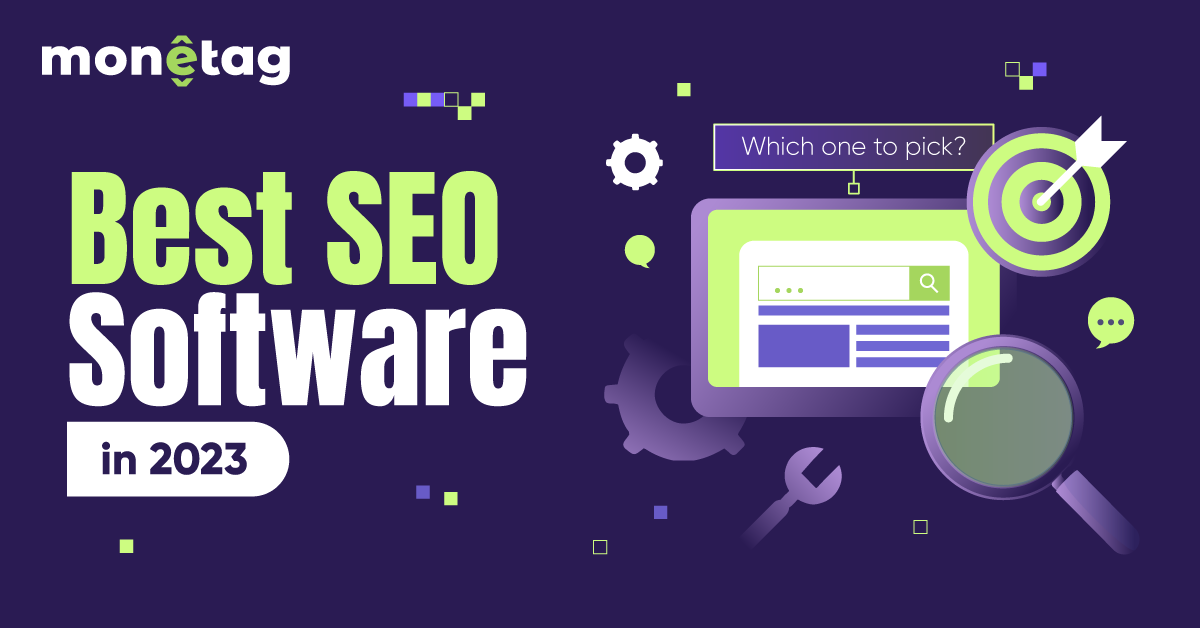| Hashtags # | Tags @ | |
|---|---|---|
| Definition | A word or phrase with a # sign, used on social media to group content by themes. | A way to mention and notify a business, person, or other entity on social media. |
| Purpose | Categorizes content by topic, making it easily discoverable. | Directly connects with, notifies, or mentions specific accounts or users. |
| Example | #TravelTips to join a conversation on travel tips. | @Monetag to tag a brand in a post. |
Hashtag Essentials for Publishers: Everything You Need to Know
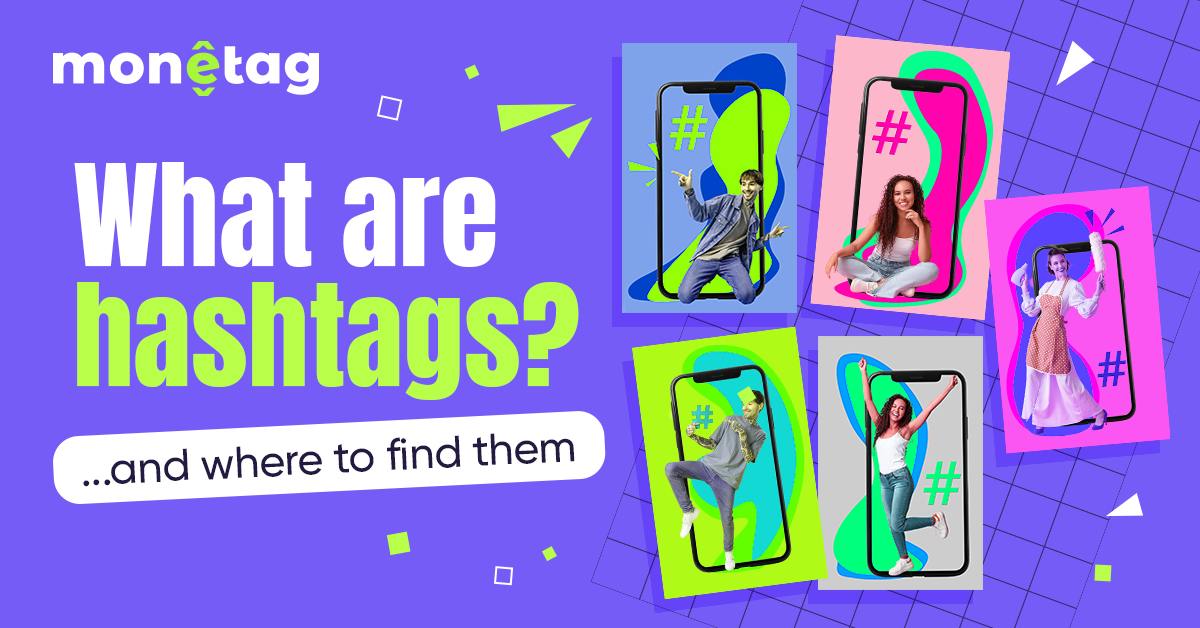
This post is also available in:
Pt
Es
Did you know that hashtags have been around since 2009?
You heard that right, it’s been a hot minute since they were first used online. And given their long history, it’s easy to forget just how useful they can be for marketing.
When used correctly, they’re a powerful tool for promoting content and driving traffic to your site. But when used poorly, you can run into serious trouble––shadow bans, spam, and wasted hours.
Fortunately, this guide will help you circumvent hashtag challenges and learn how to use them effectively. We’re covering what hashtags are, how to use them, and even sharing a few tips on finding the best hashtags to grow your audience.
Ready? Let’s go!
In simple terms, hashtags use the “#” symbol to group related messages. Chris Messina, an American blogger and product consultant, first suggested using the # symbol in a Tweet in 2007 to organize user-generated content by themes or topics.
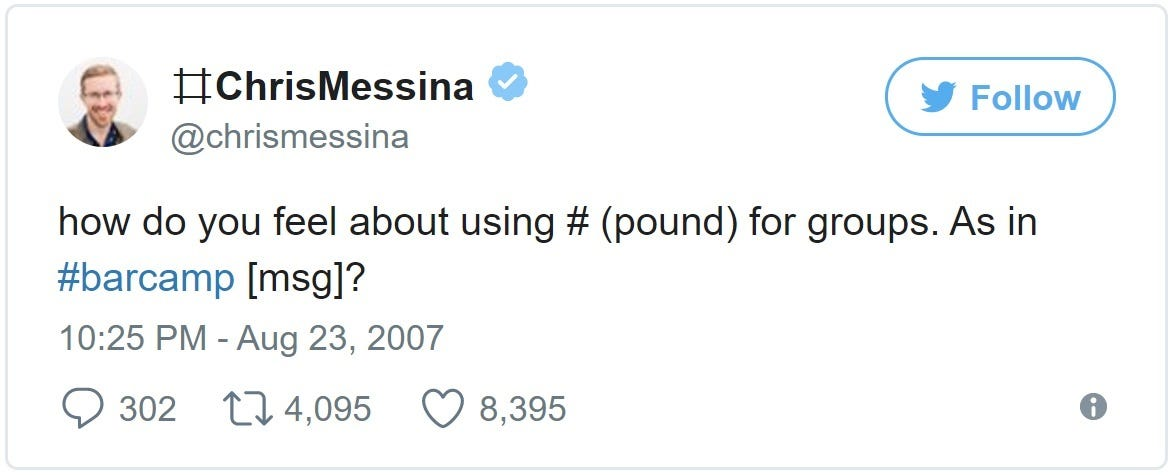
Twitter then officially adopted hashtags in 2009. Today, hashtags allow your posts to be searchable and discoverable by audiences interested in specific topics or themes.
What’s the difference between a hashtag and a tag?
Although they might sound similar, hashtags and tags serve very different purposes. Here’s a quick breakdown:
Summary: Hashtags(#) connect content to a wider topic, while tags (@) mention and notify specific people or accounts.
Generally, hashtags fall into three main categories: content, trending, and brand-specific. As a publisher, understanding these types will shape your content promotion strategy.
What they are: Hashtags that directly relate to your product, service, market, or area of expertise. They are called “content hashtags” because they’re about the content you’re posting.
When to use them: Content hashtags work best when you want to reach new audiences who might be interested in your content but aren’t familiar with your brand. For example, if you run a gaming blog, you could use hashtags like #EldenRing or #Fortnite to connect with fans of those games who may not know about your blog.
What they are: These are the most popular hashtags on social media at any given time. They change quickly and can vary depending on audience demographics and location.
When to use them: Trending hashtags are excellent for boosting visibility when a topic goes viral. They’re ideal when you have something valuable to add to a trending conversation.
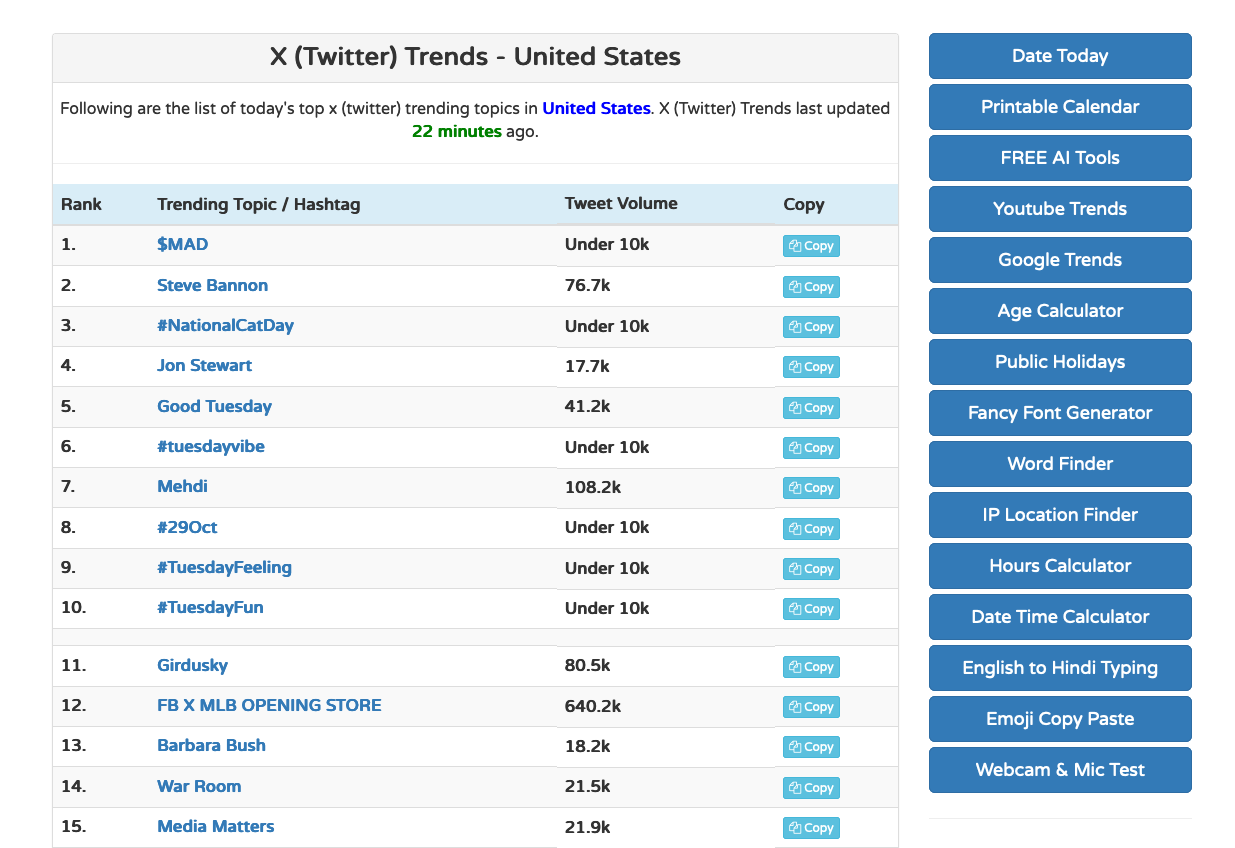
Trending hashtags in the United States, October 29th, 2024. Source: https://twitter-trends.iamrohit.in/united-states
For example, if you write about American football, using #Cowboys would be a great way to share your thoughts during a trending game.
What they are: Hashtags unique to your brand, product, or campaign. These are used to build brand awareness, promote events, or launch specific marketing campaigns.
When to use them: Brand-specific hashtags are best for establishing a unique, recognizable presence on social media. For general branding, you might use a short tagline or slogan like your brand name or a campaign-specific phrase. This helps create a memorable and searchable way for users to engage with your brand.
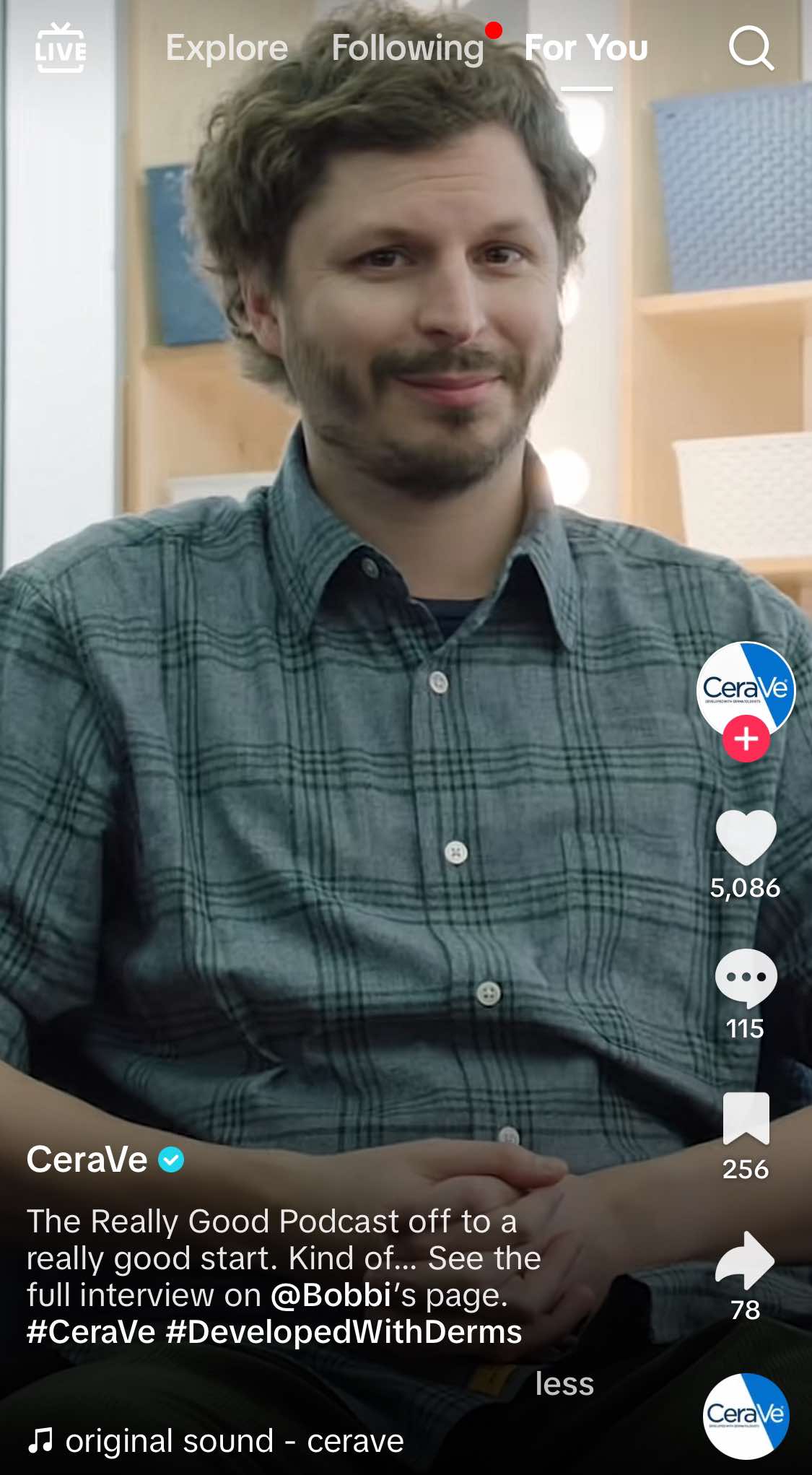
Cerave use a combination of their own brand name and their marketing campaign’s name on related TikTok videos. Source: https://www.tiktok.com/@cerave/video/7336247236914941214
Publishers need hashtags to promote their content effectively. Growing your traffic, engagement, and brand awareness can be challenging and costly. Hashtags offer a low-cost, organic way to expand your content’s reach on social media.
It’s harder to reach new audiences organically without hashtags, and you risk publishing content that will get lost among millions of tweets, Instagram posts, TikTok videos, and Facebook updates. Hashtags keep your content organized and searchable among your target audience.
A few simple rules can help you get the most from your hashtags. Here are some best practices to keep in mind:
- Follow hashtags
Incorporating hashtags into your strategy doesn’t just mean using them in posts. Follow relevant hashtags in your niche to stay on top of trends and connect with interesting people. Pay attention to the hashtags they use and engage with in conversations where it makes sense. Just avoid over-commenting, as it could look like spam.
- Stay organized
Tracking the hashtags you use, especially for specific campaigns is key to measuring impact. You can track your hashtags with third-party analytics tools or simply use a spreadsheet to record the hashtag you used and the results of the associated post.
- Keep it short
No one wants to read a lengthy list of hashtags. Keep them concise and use camel case (capitalize each word) for readability.
- Adjust your hashtags by channel
Each social media platform works differently with hashtags. Here’s a quick guide:
- Twitter: Research suggests using two hashtags for the best engagement. You can place hashtags anywhere within the tweet.
- Instagram: More hashtags can mean higher engagement, but don’t go overboard. After 10 hashtags, engagement may drop. To keep things tidy, place hashtags at the end of your caption, separated by dots or asterisks, or add them in the first comment.
- Facebook: Hashtags aren’t as relevant on Facebook as other platforms. It’s better to limit the number you use and focus instead on writing short captions.
- Pinterest: Use no more than 20 hashtags on Pinterest posts.
- TikTok: TikTok’s algorithm favors 3-5 hashtags. Avoid excessive tags, as they can make your video look spammy and harder for the algorithm to find the right audience.
- Think of your target audience
Think about which hashtags are most relevant for your niche, and look for popular tags used by others in your industry.
- Experiment
Don’t be afraid to mix things up. Try different hashtags, including niche or rising tags, and see what resonates with your audience.
Best hashtag generators
Coming up with hashtags can be time-consuming, but free hashtag generators can save you time and help you find effective tags for your content. Here are 10 hashtag generators to try in 2024:
- Inflact
- Hootsuite
- VEED.IO
- Toolzu
- CopyAI
- Sistrix
- Tagsfinder
- Display purposes
- All Hashtag
- Influencer Marketing Hub
The easiest way to find trending hashtags is by visiting the platform’s Explore or Trending page.
Instagram, Twitter, TikTok, and other platforms feature algorithmically-driven explore pages where you can discover popular posts based on your interactions. By exploring these pages, you can see which hashtags are working and get ideas for your content.
If you don’t have time to do it manually, you can use social listening tools to identify trending hashtags faster. Here are a few tools to get started:
There’s no one-size-fits-all solution for hashtags. The best ones will always be those tailored to your niche and audience.
It’s tempting to use popular hashtags like #love or #fitness, but your post will most likely struggle to stand out among other generalist posts with the same hashtags.
Instead, you can use the tips in this article to identify the best hashtags to promote your content:
- Follow content and influencers in your niche to see which hashtags they use and why.
- Check Trending and Explore pages to find what’s popular in your industry.
- Use social listening tools to quickly discover relevant trending hashtags.
- Use hashtag generators to come up with effective tags.
- Limit the number of hashtags to suit the platform you’re using.
- Post valuable, interesting content alongside your hashtags.
- Track your hashtags to measure their impact.
See you at Monetag, where you can monetize your social traffic!
